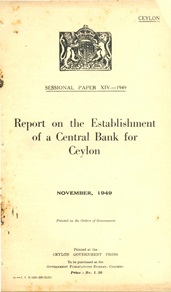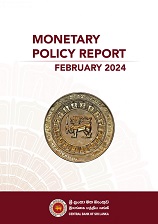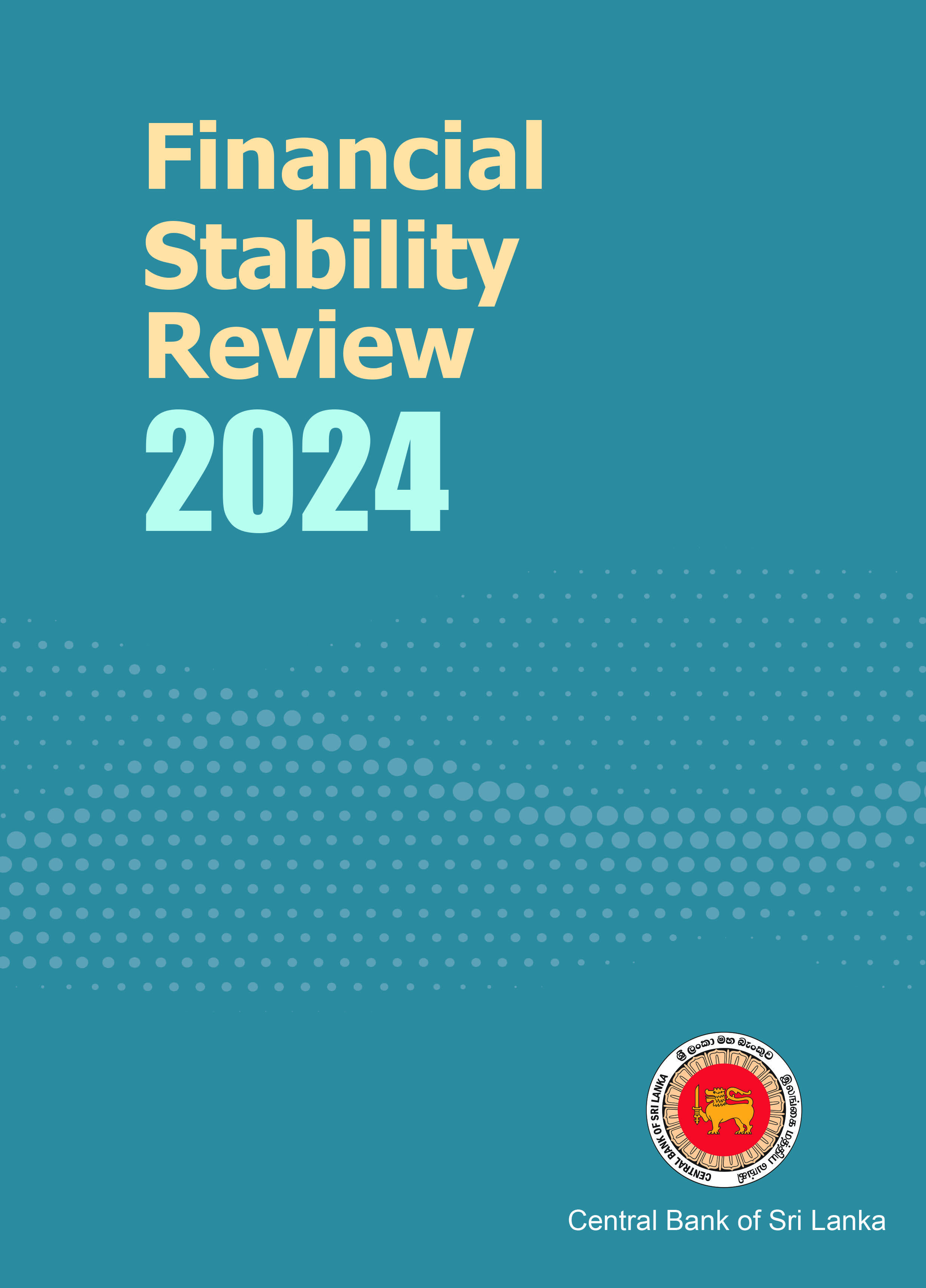The views expressed in this statement are those of the IMF staff and do not necessarily represent the views of the IMF’s Executive Board. Based on the findings so far, staff will prepare a report that, subject to management approval, will be presented to the IMF's Executive Board for discussion and decision.
- The staff-level agreement is subject to the completion of a prior action by the authorities and the approval of the IMF Executive Board, which is expected to be considered in June 2017.
- The new Inland Revenue Act should pave the way for a durable fiscal consolidation.
- Maintaining the reform momentum in an uncertain external environment is important for addressing fiscal and external vulnerabilities.
After constructive discussions with the authorities during the visit to Colombo in March, and more recently during the Spring Meetings, an IMF staff team issued the following statement in Washington DC:
“The IMF team reached a staff-level agreement with Sri Lankan authorities on the second review under an economic reform program supported by a three-year Extended Fund Facility arrangement, subject to the completion of a prior action by the authorities and the approval of the IMF Executive Board.
“The Board is expected to consider Sri Lanka’s request for completion of the second review in June 2017, by which time the new Inland Revenue Act is expected to be submitted to Parliament as a prior action. The new law should pave the way for a durable fiscal consolidation based on revenue mobilization—a key pillar of the government’s reform program.
“The team commends the authorities for resuming accumulating net international reserves as a corrective action for missing the end-2016 target. This reserve accumulation should continue and help reduce Sri Lanka’s external vulnerability.
“The authorities are making progress with their economic reform program, particularly on improving the fiscal position. Maintaining the reform momentum in an uncertain external environment will be important for addressing fiscal and external imbalances.”










